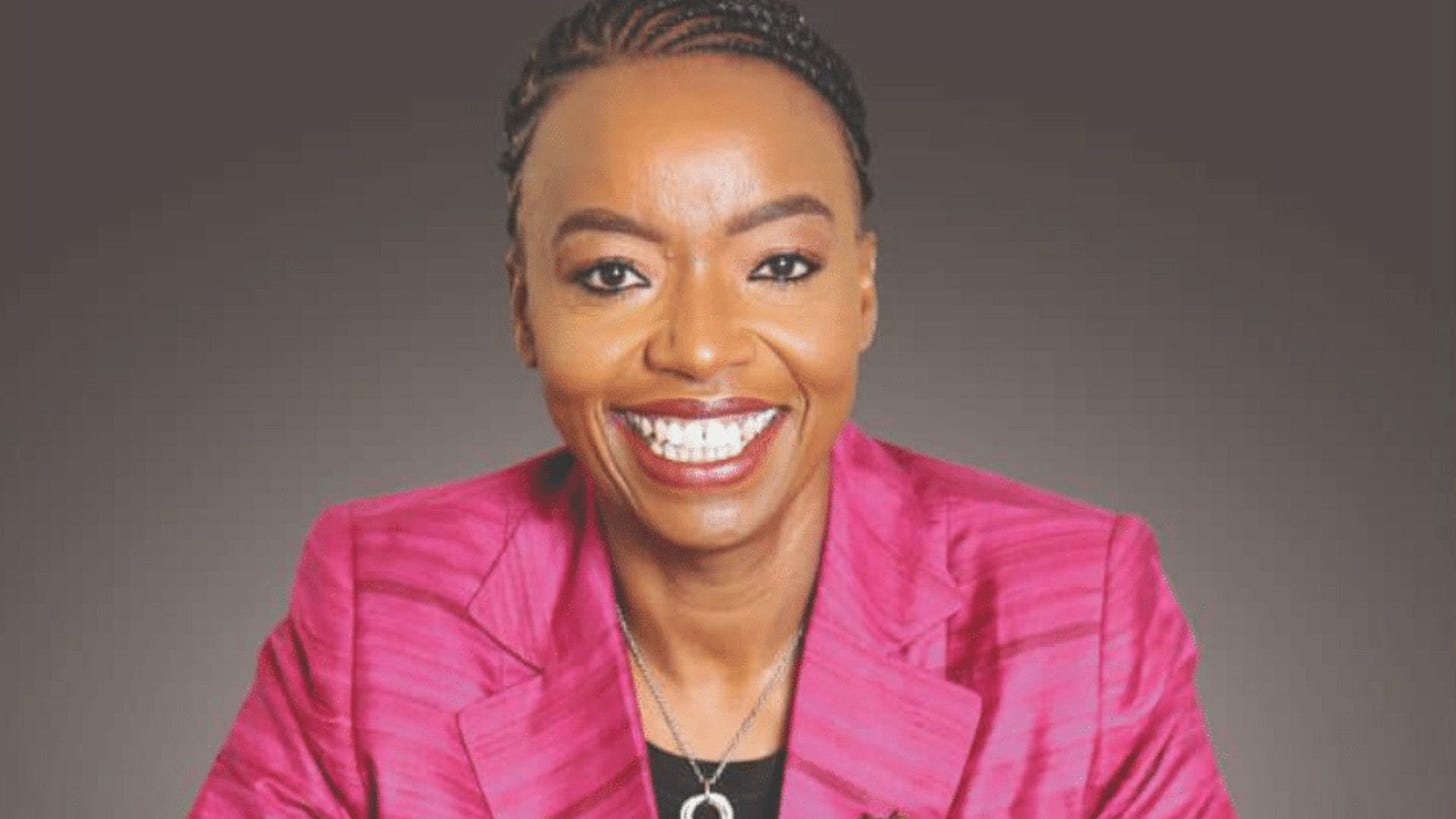Beyond Barrels: How Women Refined Africa’s Oil Politics
Female leadership in petroleum ministries replaced ad-hoc discretion with procedure and left behind sturdier institutions in one of Africa’s most politically exposed sectors.
Nigeria’s OPEC Test
Nigeria’s renewed push for a higher OPEC+ quota — set to be debated at the cartel’s November 2025 review — underscores how domestic governance shapes international credibility. With output hovering around 1.39 million barrels per day in September, still below the 1.5 million bpd target, Abuja is lobbying for a higher production baseline to reflect its aspiration to reclaim lost market share.
Yet the structural constraints remain the same: oil theft, pipeline vandalism, and sporadic labour unrest continue to erode production gains. The quota fight is not merely about barrels; it is about trust. Nigeria must convince fellow producers that it can reliably deliver higher volumes — a case that depends less on new rigs than on restoring procedural discipline.
That governance reputation was most visible during Diezani Alison-Madueke’s tenure as minister and as the first woman to chair OPEC. Her era projected Nigeria as a disciplined participant capable of aligning domestic targets with multilateral rules. The coming quota review will test whether that legacy of order and documentation can be revived — and whether Africa’s top oil producer can once again turn credibility into capital.
Women Changed the Rules
Oil governance across Africa has long been treated as a masculine fortress. Yet when women took charge in countries such as Nigeria, Senegal, Uganda and Kenya, the outcomes consistently outperformed the male baseline on key indicators: governance clarity, fiscal credibility, institutional durability, diplomatic leverage, and resilience under stress.
Female stewardship replaced discretion with documentation. In Kenya, Monica Juma assumed office amid global fuel volatility and immediately prioritised arrears control, tariff clarity, and supply-chain stabilisation — actions that curbed fiscal exposure when other economies were lurching from crisis to crisis. Senegal, Uganda, and Angola followed the same logic: steady pacing instead of headline theatrics, predictable timelines instead of political improvisation.
“The energy and extractive sector is fundamental in economic development. But also importantly, women are the ones who are most vulnerable and impacted… from energy access at household level, to the workplace, to the quality of jobs to opportunities in decision making.”
— Proscovia Nabbanja, Chief Executive Officer, Uganda National Oil Company (UNOC)
Her perspective captures why the emergence of women in senior oil roles has not just altered governance outcomes but redefined what inclusive leadership looks like in a sector long dominated by men
Connecting Vision to Infrastructure
Nowhere was this blend of policy and execution more visible than in Niger, where Samira Sheriff, Special Advisor to the President on Energy Partnerships and Chairman & CEO of Yarran Global Services, helped redefine regional cooperation in West Africa.
Sheriff played a pivotal role in shaping frameworks that culminated in the landmark agreement to construct the 2,000-kilometre Niger–Benin oil pipeline, providing landlocked Niger with a vital export corridor to the Atlantic coast. Beyond its economic significance, the project established Niger as a credible regional oil producer — symbolising how women’s influence in policy and partnership can translate vision into infrastructure and inclusion into national capacity.
Speaking to The African Gazette, Sheriff said, “women’s growing presence in C-suite energy roles is not just symbolic — it’s structural.” She emphasised that,
“At Yarran Global, we see these positions as pivotal for driving innovation and shaping a more sustainable and inclusive energy future. Our leadership must connect boardrooms to the grassroots — where activism, environmental protection, and economic inclusion intersect.”
— Samira Sheriff, Chairman & CEO, Yarran Global Services
Sheriff’s work demonstrates that female leadership is not confined to domestic ministries; it extends into the regional architecture that defines Africa’s future energy map.
Credibility as Capital
Diplomatically, the credibility premium was unmistakable. Female ministers communicated within the bounds of written commitments, becoming more reliable interlocutors across OPEC tables, regional pipeline deals, and investor negotiations. Nigeria under Alison-Madueke demonstrated the high watermark of this approach — transforming national participation into a coordination asset rather than a risk variable.
Institutionally, these women left behind frameworks rather than anecdotes. Kenya’s Juma embedded inter-agency routines and documentation that outlived her tenure. In Uganda and Senegal, female stewardship introduced milestone-based approval processes that reduced governance risk, regardless of who held office. Informal male patronage networks often sustain extractive industries; female leadership replaced that informality with paper, calendar,s and accountability — and that is why the institutions endured.
Governance, Not Geology
Across the continent, the correlation between governance quality and production performance is becoming undeniable. Angola’s plateau, Senegal’s offshore projects, Niger’s logistics expansion, and Kenya’s regulatory consolidation all show that the real constraint on Africa’s energy ambitions is institutional, not geological.
As OPEC+ prepares for its November meeting, Nigeria’s lobbying for a higher quota will be read as a signal for the region: can African producers demonstrate that credibility and procedure — long championed by female ministers — are now systematised rather than exceptional? The outcome will shape both investment sentiment and how African members are integrated into future OPEC+ frameworks.
The Pattern Holds
The superiority of female stewardship has been most evident under stress. Nigeria battled subsidy distortions and theft; Kenya absorbed global price shocks; Senegal balanced environmental and offshore complexity; Uganda managed long-horizon capital risk; Niger secured regional integration; Angola survived a price collapse. In every context, female ministers defended process over expediency — reducing credit contagion, signalling noise, and contractual uncertainty.
Equally important, female leadership expanded who participates in decision-making. Under Alison-Madueke, Nigeria’s diplomatic visibility drew more women into technical and commercial energy roles. Under Juma, public consultations diversified to include engineers, analysts, and civic experts. Under Sheriff, the bridge between policy and project delivery became a blueprint for transnational cooperation. This inclusivity improved information flow and tightened oversight, making corruption harder to sustain.
Bottom Line
When women ran Africa’s petroleum portfolios — including Alison-Madueke in Nigeria, Juma in Kenya, Nabbanja in Uganda, and Sheriff in Niger — the sector became easier to negotiate with, cheaper to finance, harder to corrupt, and more likely to leave behind working institutions instead of improvisations.
As Nigeria’s quota campaign approaches and the continent’s energy economies prepare for another OPEC+ reckoning, the evidence remains clear: in an industry where predictability is profit and paperwork is power, the leaders who governed through process delivered superior results.
That is not symbolism. That is performance.












